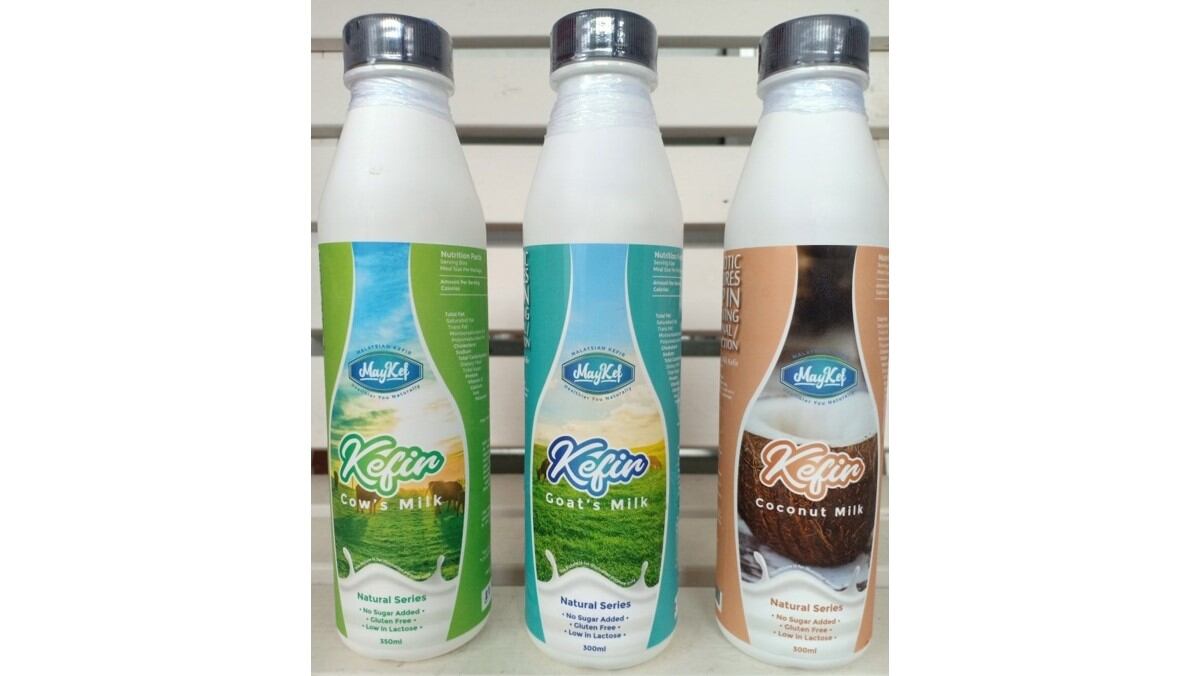This was according to an expert panel that convened at the recent virtually-held Future Food Asia 2020 event and comprised of Dr Ralph Graichen (A*STAR Singapore), Dr Yukihiro Maru (Japanese research firm Leave a Nest) and Albert Tseng (China-focused plant-based venture firm Dao Foods).
In recent months, pioneering new-age plant-based meat firms like Impossible and Beyond Meat have come under scrutiny for being highly-processed and high in sodium and additives, and concerns have also been raised as to the ability of such products to fulfil consumers’ nutritional needs.
This means most of these firms are still focusing more on sustainability as a marketing and selling point as opposed to nutrition.
According to Dr Graichen, one of the reasons for this is that nutrition is essentially ‘harder to sell’.
“The nutritional concerns are being acknowledged and some of these companies are trying to catch up on the nutritional forefront, but this is quite difficult to sell, [especially] when compared to the sustainability and ‘future of food’ angle,” he said.
“This is because most consumers are currently buying based on the motivation to make sustainable and ethical choices, but not yet from a nutritional point of view.
“A lot of this talk about the future of food is based on what can be grown, how much can be grown, and sustainability, but rarely is nutrition ever mentioned. None of the published books I’ve read on the future of food had nutrition in the index either, and I feel that’s really telling.”
Tseng concurred and added that nutrition is likely also a little bit more on the back burner as it is common knowledge that a whole foods plant-based diet is the most nutritious and should be the ultimate end goal, but most consumers are not able to make that switch yet and need something to help them ‘cross over’.
“Mainstream food culture is simply not yet there for the whole foods plant-based diet, and these new-age plant-based foods are here to be something like ‘crossover foods’ for consumers,” he said.
“These crossover foods can act as a gateway to introduce consumers to plant-based eating through something more familiar, then introduce them more and more to a whole foods plant-based diet that is definitely nutritious.
“We have to be realistic and say that nutrition is not always a main motivator for the food industry – just look at how fast foods are selling tons.
“The key is to make sure that consumers have choices and are also still able to indulge so they can accept plant-based products. Here, nutrition is just one part of the food equation, but not all.”
A recent report on plant-based meat nutrition also echoed this point, saying that plant-based meats are meant to replace processed meats but not substitute whole foods in the long run.
Tseng also stressed that the nutrition of these products should be considered in comparison to the right ‘competitors’ – which in this case would be meat products.
Why not just focus on traditional plant-based foods in Asia?
In addition, the panel also discussed the need for such new-age meat-mimics as opposed to improving and marketing traditional plant-based foods such as tofu which is already a very common food in Asia.
According to Dr Maru, the modern consumer’s need for a wide range and choice of foods makes this difficult.
“In Japan for example, natto and tofu were created or brought in many years ago when the Japanese people were facing malnutrition, so as to boost up nutrition, especially in children,” he said.
“At that time, diet and nutrition was the single most important factor when it came to food, but today food diversity has become more important in the Japanese market. Taste is now the most important factor in food too.”
Dr Graichen concurred and added that currently the very presence of plant-based meats is still novel enough to pique consumer interest, but in the long run it will come down to meeting consumer expectations for these products too.
“There’s a difference between just trying the product and saying that’s a good plant product, and trying the product and comparing it to meat,” he said.
“How the company communicates about these products on their packaging is important, as this will determine the consumer expectations – once you say it’s supposed to replace meat, they’re going to expect it to taste and feel like meat.
“Also to note is that in some markets in Asia, if the product is called things like alternative, mock, or fake meat, this will automatically remove certain consumer classes that do not want to eat ‘fake’ foods – so brands must position themselves carefully to ensure good perceived value.”
Supermarket of the future
When queried as to what the supermarket meat aisle of the future is likely to look like in light of all these meat alternatives entering the market, Tseng expressed optimism for aisles based on nutrients such as protein.
“What we hope for is something like a protein section, where consumers can get all the different types of protein in one place,” he said.
Dr Maru instead described aisles based more on functionality, which Japan is already practising to some extent.
“Japan is very focused on things like fibre for the gut microbiome, so in some Japanese supermarkets you can already see aisles or sections separated by their functions, such as products for the gut microbiome, muscles, brain and so on,” he said.
“So it’s not just a protein or meat aisle, but more of a functional approach, and I believe that this is the future.”
We’ll be shining the spotlight on Plant-based Innovation in our Growth Asia 2020 interactive broadcast series. Register for free here.





